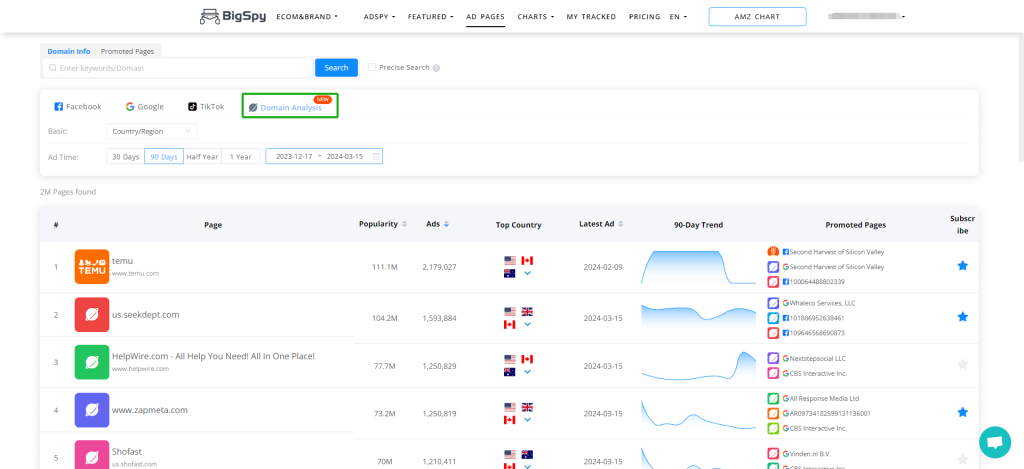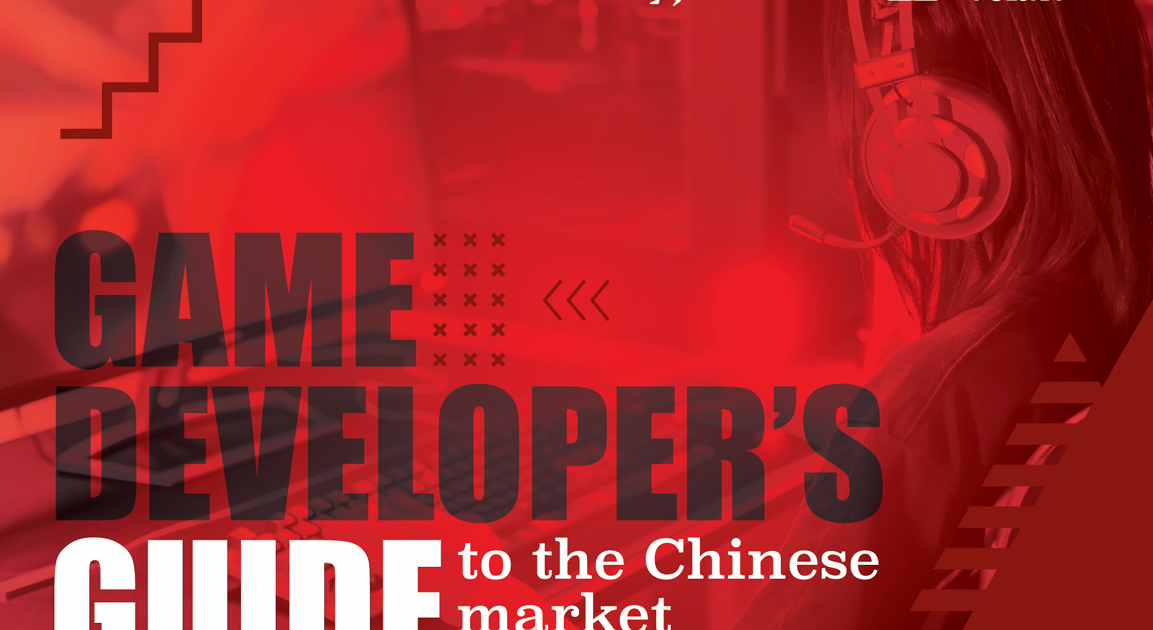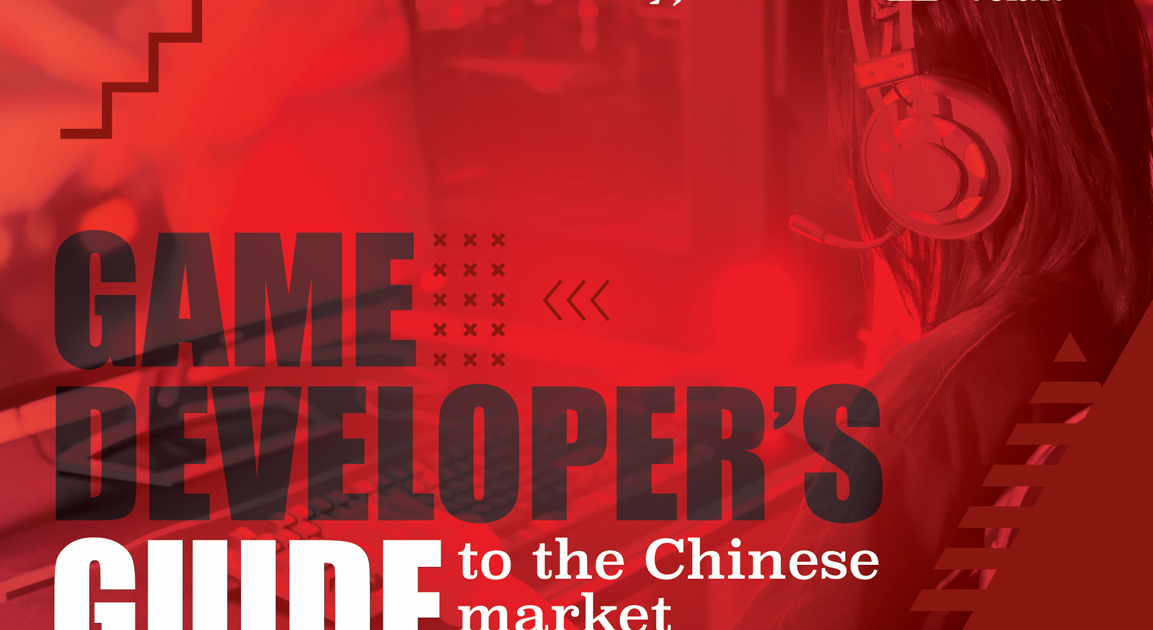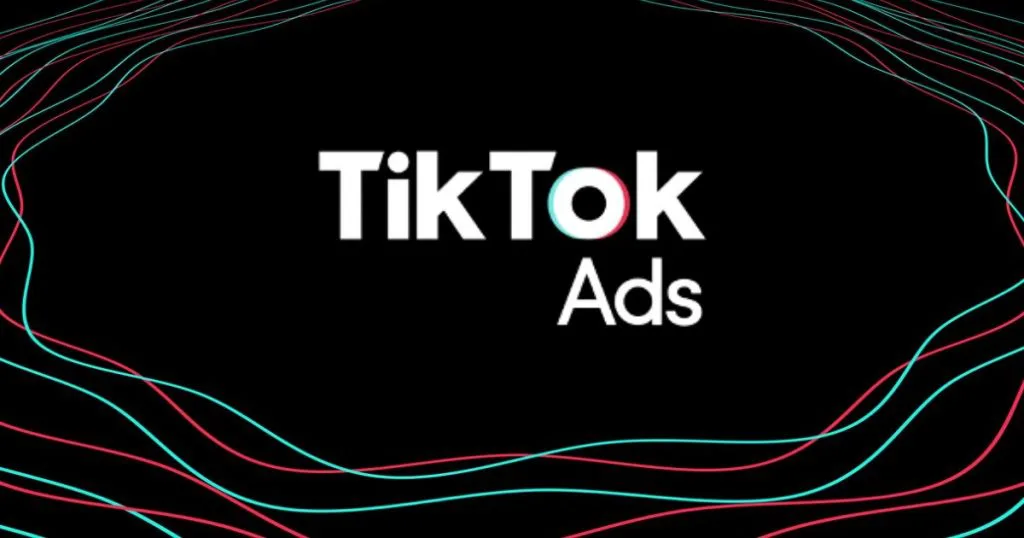Game Developer’s Guide to the Chinese Market – PART3 – Reaching out to your fanbase
This article is jointly published by the The Polish Institute in Beijing and Indie Games Foundation Poland. This is the third part.
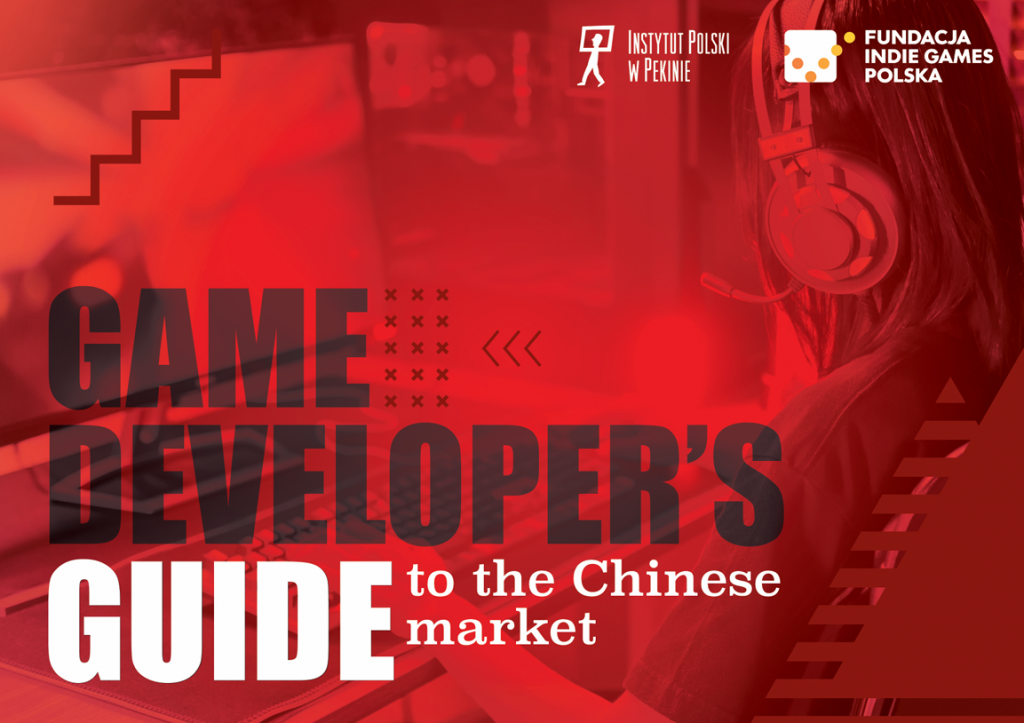
Regardless of the choice of distribution platform, the local partner (publisher or agency) plays a pivotal role in promoting your game in China. Both because of limited understanding of the gaming market itself, and because many local game promotion channels remain inaccessible to overseas companies, requiring at least a basic knowledge of the Chinese language to register and post content.
However, thanks to Google Translate and the recent development of ChatGP and other similar services, some goodwill and a lot of patience can take you a long way – you can at least check Chinese social media for player sentiment, or even register your company's official accounts and start posting game trailers to begin building your presence in China before you're ready to invest resources into the process.
3.1 Chinese Game-oriented Social Media
When discussing Chinese social media, some people might mention WeChat or Weibo, which are considered the most popular social media in China. However, while having a WeChat account to talk to your potential partners won't hurt you (most Chinese people prefer to talk through WeChat than email), those aren't where you'll meet you fanbase.
Two most popular "social media" platforms among Chinese gamers are Bilibili and HeyBox.
3.1.1 Bilibili (哔哩哔哩)
Bilibili (哔哩哔哩 or B站) is China's leading anime, comics, and games (ACG) community where people can create, watch and share engaging videos and livestreams, with about 320 million MAU19. Bilibili has also become one of the major Chinese over-the-top streaming platforms serving videos on demand, including documentaries, variety shows, and other original programming. In other words, it acts as a local substitute for YouTube and Twitch, which are both unavailable in China.
Bilibili is also known for its bullet comments ("bullet curtain", 弹幕) commenting system, where each added comment is displayed in real-time on the screen over the video.
Gamedev companies can register an official account on Bilibili, where you can post news about your games (in Chinese), add videos (including gameplays and trailers), gather followers and interact with other accounts, including fans and KOLs. While it's possible to engage in paid promotion of one's account, organic posts remain the best choice to grow your community.
3.1.2 HeyBox (小黑盒)
HeyBox is your go-to platform to immediately increase your presence on the Chinese gaming market. It's a smartphone app, which could be considered a STEAM frontend in China, allowing users to follow news about their favorite PC/console games, interact with others, and, most importantly, bind their HeyBox account with their STEAM Global account, which lets them add games directly to their wishlist and library.
According to official data, 88.9% of Chinese Internet users connect to the Internet via mobile devices, which means that even though your community might be heavily PC/console oriented, they’ll still view your marketing content on their smartphones rather than their computers. Therefore, being able to read about a game and immediately follow and add it to your STEAM wishlist while on the bus or subway, is a huge improvement and invaluable convenience for Chinese players. No wonder HeyBox has 10 million MAU!
The app notifies users of sales and discounts, also acting as a STEAM key distribution channel.Companies can also register an official HeyBox account and post news and information about their games. It should be noted however, that while companies can gather followers under their official account, most HeyBox users rarely check their personal feed, instead focusing on news appearing in the main feed. Therefore, posts without engaging or interesting content (e.g., minor updates or patch info) are less likely to get good exposure.
3.2 Good marketing practices
Although Chinese and Western gamers may differ in terms of preferred game genres, aesthetics or gameplay models, their expectations towards marketing assets are quite similar - they have to be engaging and interesting. However, not everything that will engage a gamer from Europe or the US will be equally interesting to a Chinese gamer. Therefore, it's worth considering what to avoid when preparing marketing assets to make sure they will appeal to your Chinese audience and won't get you into trouble.
3.2.1 Content localization
Although some gamers consider English "fashionable", a vast majority of your followers won't be able to understand content in English, which means all posts, images and videos need to be localized into Simplified Chinese. Language is merely the first barrier, though, as the content itself needs to be localized to have the desired impact.
For example, many Chinese gamers are high school and university students, who can't afford high-end gaming PCs and laptops. Therefore, mentioning that your games have widescreen support, ray tracing and high end graphics might not be the way to go. Similarly, since most players cannot access Discord in China, inviting your followers to participate in a Discord event or contest might backfire, as without access to Discord they'll feel left out.
Additionally, all content posted on Chinese social media needs to comply with local laws and regulations. While it's possible to post content about games without an ISBN, all public marketing assets need to adhere to the same rules, meaning they cannot portray or include brutality, nudity or politically sensitive topics. Insistent posting of content violating such regulations will probably result in a permanent ban on your account.
3.2.2 Fonts and sizes
As already mentioned, 88.9% of Chinese Internet users connect to the Internet via mobile devices, which means that all the content you post on your Chinese social media channels must be easily readable on a smartphone screen. Additionally, since Chinese characters are more complicated than letters in the Latin alphabet, all texts and subtitles should be generally bigger than their English version.
As a rule of thumb, Chinese subtitles should be 15%-20% bigger than English subtitles in video content (depending on the font you choose), and should be added regardless of whether the video has an English VO or Chinese one. That's because some people in China prefer to use local dialects in their day to day communication, therefore it might be easier for them to understand the subtitles than the VO.
You should also choose a good, FREE and easily readable Chinese font. As preparation of a Chinese font requires handwriting of several thousand Chinese characters, prices for commercial use of fonts can range from several to several thousand dollars!
Costs of commercial fonts are so high, that there are specialized companies browsing the internet in search of unlicensed use of commercial fonts. If you happen to use such a font without the proper license in your marketing assets, whether it's an image or a game trailer, you risk a legal dispute and huge costs. Therefore, it is worth making sure that the font you use is definitely free and indeed Chinese (rather than e.g., Japanese). Among others, the SOURCEHAN_CN font is one worth recommending.
3.2.3 Game trailers
If you want to make sure the trailer you post on social media is successful, you should avoid the following mistakes when preparing the trailer content:
The trailer doesn't say clearly what the game is about - in China everything happens fast and few people have time to think about everything indefinitely. When watching a trailer for a new title they know nothing about, players expect detailed and straightforward information about what they can expect from the game. If the trailer attempts to be overly mysterious or only teases the content of the game, it is unlikely to arouse interest among Chinese viewers;
You go over the top - it's often the case that the more we want to show the more we don't know what the trailer is about. It's a good idea to identify the game's key elements (known as 亮点) that will differentiate your title from the competition, and focus on showing and promoting those elements;
The trailer focuses on facts, not "experiences" - in China, it's common to talk about games in context of experiences, or yóuxì tǐyàn (游戏体验). When preparing a trailer, try to think whether you can use it to convey the same sensations and emotions the players will experience when they enter the game world.
3.2.4 Useful expressions
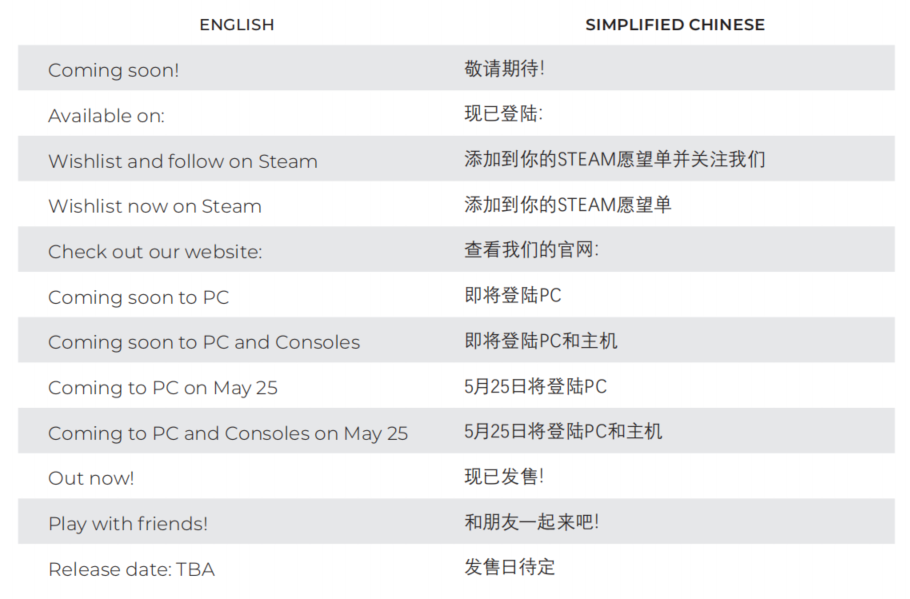
3.3 An inconclusive list of Chinese Gaming Media
Similarly to overseas outlets, Chinese gaming media are gradually losing their domination in favor of a growing number of influencers and KOLs. However, as many influencers are actually whole teams that manage their channels and prepare the content, the border between traditional gaming media and influencers blurs even further.
The most influential traditional media outlets in China include IGN China (www.ign.com.cn), Sina Games (games.sina.com.cn), 3DMGAME (www.3dmgame.com), VGN (www.vgn.cn), ALi213 (www.ali213.net), YYTS (www.yystv.cn), G-CORES (www.gcores.com), Keylol (keylol.com) as well as popular Weibo accounts such as @中国鉴赏家同好会, @steam情报局, @BB姬Studio, @玩STEAM的大魔王, @STEAM打折情报 and @二柄APP. Quite often it's not the media websites themselves that are popular with players - it can be either their Bilibili or Weibo accounts, their individual apps or even livestreaming channels.
Among the various media outlets, one that’s worth a particular mention is Ultra Console Game (游戏机实用技术, commonly known as UCG), which is currently the only printed magazine dedicated to PC/console games in Mainland China. The magazine was founded in 1998, and was dedicated to reporting on video games and console games, focusing mainly on home consoles, handheld game consoles and respective games.
3.4 A short guide to KOLs
Influencers (or KOLs) and livestreamers play an increasingly crucial role in the promotion of games in China. However, since Twitch and YouTube are unavailable in the country, streamers use local streaming platforms, including Bilibili (哔哩哔哩), Douyu (斗鱼), Huya (虎牙直播) and Douyin (抖音) to post and stream videos.
Developers interested in cooperating with Chinese KOLs should have in mind though, that not all games are appropriate for content creation and livestreaming. All content needs to be in accordance with local regulations, which means that games including sensitive content such as brutality, nudity or political topics won't be suitable for such cooperation.
Additionally, many Chinese KOLs cooperate exclusively on a commercial basis, meaning you need to pay for any livestream or content they create and post on their channels. Most popular KOLs, those with over 1 million followers, price such cooperation at tens and even hundreds of thousands of dollars per stream/video. You can, of course, just send them a code to your game, hoping they'll create and upload content for free, but chances they'll be willing to do it are rather slim.
Smaller and more specialized KOLs are more willing to cooperate with game developers for free, as long as they're interested in your titles. What is more, such cooperation often achieves better results, as most of their followers are interested in the games they stream rather than the influencers themselves, which is often the case with the most popular KOLs.Therefore, a livestream by a KOL with 100k followers, specializing in strategy games, can get you more wishlists that a livestream by a KOL with 1 million followers, who watch them not for the content they provide but to see the person behind the stream.
What's important to note, however, is that Chinese livestreaming platforms DO NOT display the number of viewers for their streams - what they display is called a "popularity value" (人气值), which is the product of the number of viewers, comments and gifts that the streamers receive from their viewers. In other words, a livestream with o popularity value of 1,000,000, can have as little as 50,000 actual viewers.
3.5 Gaming events
China is not only a huge gaming market – it's the world's third largest country, and home to a multitude of different industry events, fairs, conferences, game jams etc., attended by several hundred to several hundred thousand participants. However, since booth prices can go as high as tens of thousands of dollars, not all events are for everybody, and not all ensure return on such investment.
3.5.1 Game shows
Organized by Howell Expo (上海汉威信恒展览有限公司), ChinaJoy is the largest video game trade show in China. The event is held annually in late July/early August in Shanghai, gathering hundreds of thousands of visitors in the B2C zone, and tens of thousands of industry professionals in the B2B zone. The high numbers unfortunately translate to high prices - renting exhibition space at ChinaJoy is very expensive, and only games with an ISBN are allowed to enter the B2C zone of the show.
ChinaJoy is a good opportunity to meet people and network with representatives of the Chinese gaming industry, including publishers, distributors, media agencies or representatives of Chinese gaming media. However, since a booth on ChinaJoy might have little to no impact on sales, indie game developers should probably consider attending the event without a booth, to reach out to potential partners without incurring additional costs.
Shanghai is also home to Bilibili World, which is considered the "ultimate event" for anime and game enthusiasts. Since Bilibili is China's leading anime, comics, and games community, the event attracts over 200.00 attendees every year, and receives very good exposure both on Bilibili itself, as well as other media channels, including coverage by Shanghai Television and TV Tokyo and dozens of Chinese gaming media.
WePlay Expo (WePlay文化展) is a smaller B2C event organized in November in Shanghai by China indie Game Alliance (中国独立游戏联盟, or CiGA, for short). Although large companies such as Ubisoft or Cube Game also attend the event, the show focuses mainly on indie games.A local Game Developer Conference is held during the fair, and annual awards are given to indie game developers during the China indie Game Award Ceremony. Thanks to a cooperation agreement between CiGA and Indie games Poland Foundation, a limited number of Polish gamedev studios can attend the even every year free of charge.
Last, but not least, there's G-FUSION GAME FEST. The event is organized by GAMECORES (机核网, or G-CORES, for short), one of China's most popular gaming websites, and is especially popular with "hardcore" gamers. The fair is usually held every year in May in Beijing and in Autumn in Guangzhou, attracting tens of thousands of players with each edition.
3.5.2 Conferences
Gaming conferences are an excellent source of information on the latest market trends and new regulations, as well as a great opportunity to meet industry experts. However, most conferences are held in Chinese, often without translation into foreign languages.
The China Game Industry Annual Conference (中国游戏产业年会, or GIAC), organized at the end of every year, is the most important gaming conference in China, co-organized by the National Press and Publication Administration and CGIGC. During the conference, organizers reveal the annual China Game Industry Report, often cited throughout this guide.
The second key conference is the Howell Expo's China Digital Entertainment Conference (中国国际数字娱乐产业大会, or CDEC), organized annually during the ChinaJoy game expo.The conference is attended by industry experts from home and abroad and always provides attendees with simultaneous interpreting into Chinese and English.


